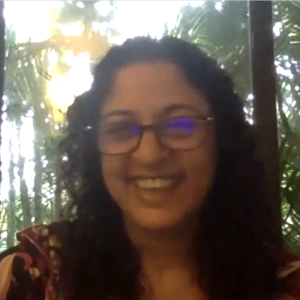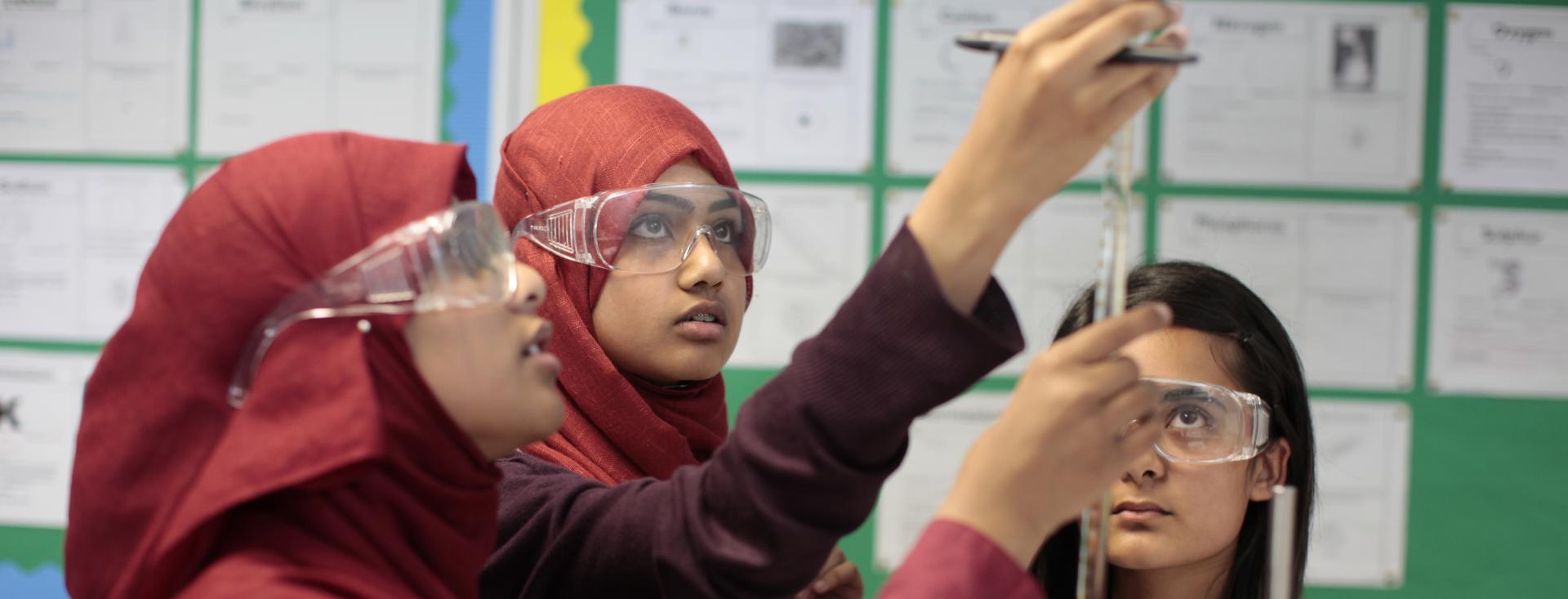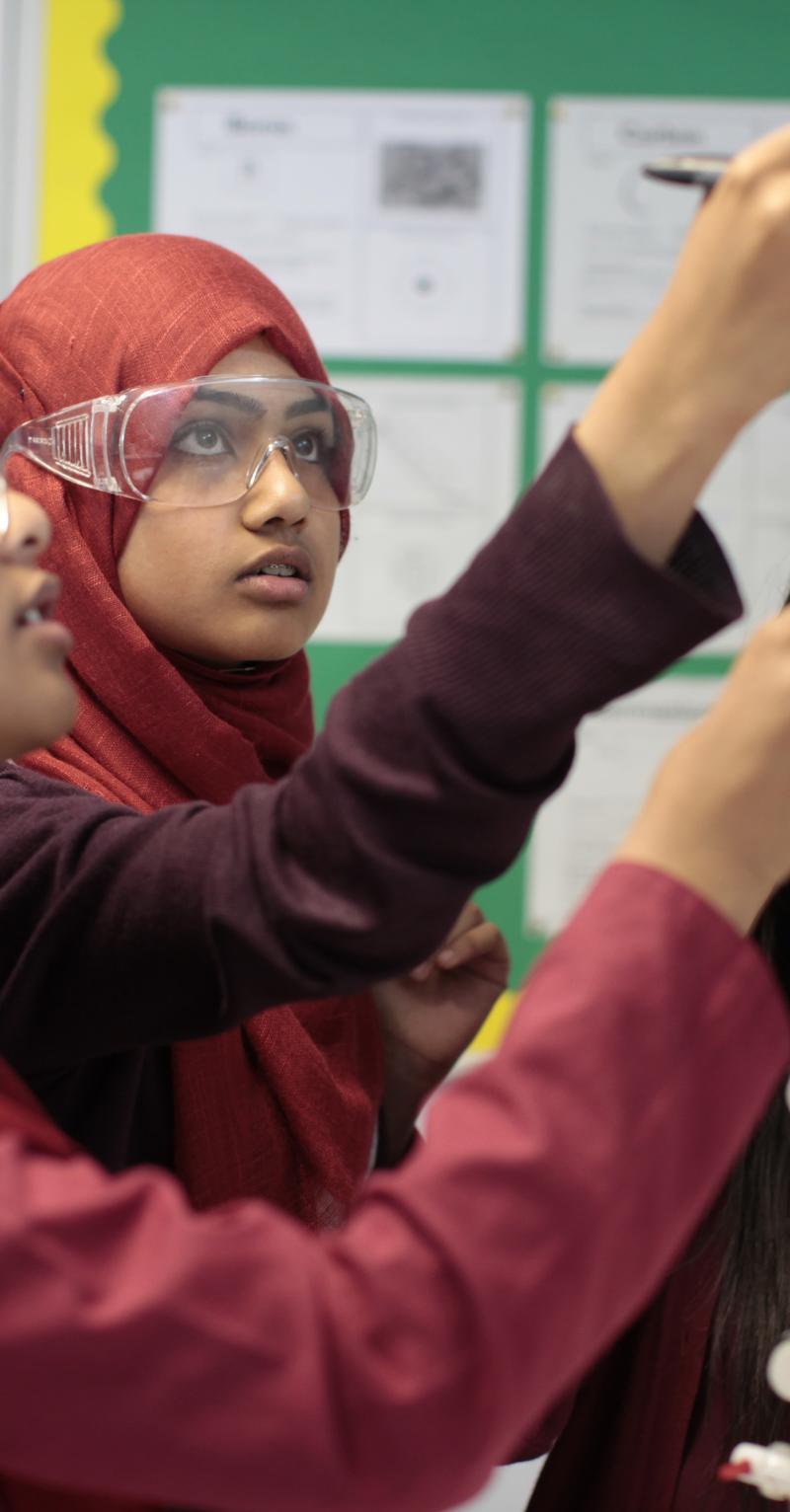Resources
Everyone has a role to play in supporting girls to become empowered, access education for better life outcomes, and thrive. Teach For All is committed to supporting the global network to identify and address the barriers that keep girls from learning and fulfilling their potential through our Girls’ Education initiative. Learn more about gender equity, the issues facing girls around the world, and more in this curated library of resources:

Girls' Education
Teach For All Talk: Safeena Husain
A Teach For All Talk featuring the founder of Educate Girls in India. The talk provides great insight into Educate Girls' community-based model for changing beliefs and expectations for girls in rural India.
Girls' Education
"Supporting Girls to Lead" with Arman Rahmatullah and Sunita Waiba at the 2019 Teach For All Global Conference
This recording is from the 2019 Teach For All Global Conference in Yerevan, Armenia. It features Arman Rahmatullah, CEO of Teach For Afghanistan, and Sunita Waiba, a Teach For Nepal student, speaking on the empowerment of girls through education.
Girls' Education
Evidence Brief: School-Based Interventions to Prevent Violence Against Women and Girls
A policy brief on select school-based interventions that aim to prevent violence against women and girls (VAWG) or improve attitudes that perpetuate VAWG. It focuses on intimate partner violence, dating violence, and non-partner sexual assault.
Girls' Education
Adolescent Girls Empowerment Program
A report on a program designed to help vulnerable girls in Zambia avoid early marriage, sexually transmitted infections, and unintended pregnancy. As it was not impactful, it stresses the need to address underlying economic and social constraints.

